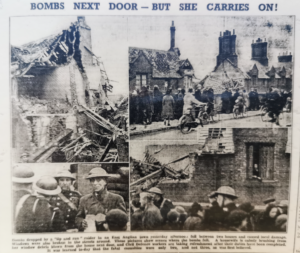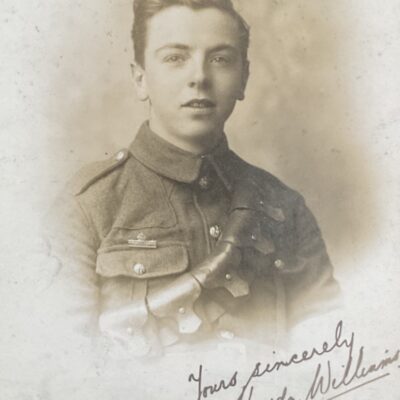Search by topic
- archaeology
- architecture
- bricklayer
- Building of Local Interest
- carpenter
- church
- crime
- dressmaker
- fire
- general labourer
- Great Eastern Railway
- listed building
- medieval
- oral history
- Public House
- Rattee & Kett
- Roman
- scholar
- school
- Then and Now
- tudor
- women
- work
- world war one
- world war two
Search by text
 Railway Cottages next to Mill Road Bridge, 1998
Railway Cottages next to Mill Road Bridge, 1998130 (27 Railway Cottages) Mill Road
History of 130 Mill Road
UK Census:
1871
George Watkins, 40, Railway Goods Guard, born in Ipswich
Sarah Watkins, 44, born in Broxbourne, Hertfordshire
Jane Watkins, 10, born in Cambridge
George Watkins, 8, born in Cambridge
Charles Watkins, 5, born in Cambridge
William Wilson, 18, nephew, Railway Telegraph Messenger, born in Cambridge
Samuel Wilson, 16, nephew, Railway Telegraph Messenger, born in Great Claxton, Essex
1881
George Simpson, 28, railway porter, b Suffolk
Alfred John Backer, 26, railway porter, b Cambridge
1891
1901
Charles Northfield, 39, railway guard, b Dorset
Elling, 37, b Cherry Hinton
Millie, 15, b Cambridge
Fred, 12, b Cambridge
Alfred, 10, b Cambridge
Wilfred, 6, b Cambridge
Hubert, 4, b Cambridge
Arthur, 1, b Cambridge
1911
1913
Edward Brown, platelayer
William Jordan, acting fireman
1937
1941
Michael Bowyer in ‘Air Raid!’ pub. 1986, describes how in the afternoon of 30 January a German bomber came into Cambridge at low level from Ely and dropped nine 50kg HEs at 15:57, straddling Mill Road bridge. Bombs burst in the Corporation store yard, and then 130 Mill Road and the next house were shattered by a direct hit. Two civilians were killed and ten injured.
1962
(130a) Bernard Horner
(130) Frank Martin
1970
Frank Martin
Frederick Bond
Contribute
Do you have any information about the people or places in this article? If so, then please let us know using the Contact page or by emailing capturingcambridge@
License
 This work is licensed under a Creative Commons Attribution-NonCommercial-ShareAlike 4.0 International License.
This work is licensed under a Creative Commons Attribution-NonCommercial-ShareAlike 4.0 International License.












